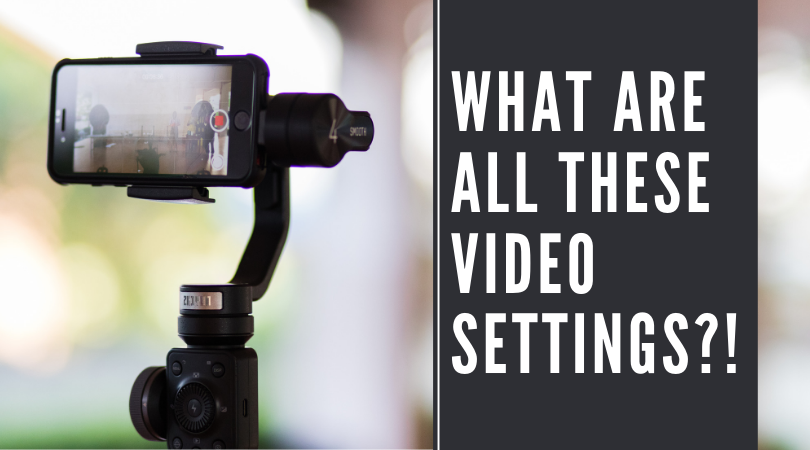4 Steps to Effective Email Marketing
By: Steve Stokes, COO
Published: August 30, 2019
We are not talking about capturing leads with email marketing here. That doesn’t generally work, unless you are blasting 100,000+ cold emails at a time to a customer list you purchased or “borrowed”. This post is about marketing to existing leads as they come in, and how to drive them to the next step.
I get asked this question all the time, what do we do with the lead after we get it? The first step is to put all of your leads into a highly sophisticated email drip funnel. You’ll need a platform to do this. My preference is AutoPilot; It is visual, technical, and it connects to just about everything out there.
Step 1: Subscribe to a Good Email Drip Platform
There’s a ton of marketing automation tools out there that can handle drip campaigns. They range from $50/month for a basic level and into the $1,000’s of dollars per month for corporate or enterprise levels. You will likely end up growing your company with the platform, so make sure that it has all the capabilities that you need (and will need in the future).
Some basic needs that most marketers will need are:
Connection to your lead intake form
Connection to facebook leads ads
Website compatibility
Email compatibility
CRM compatibility
SMS system compatibility
Scheduling compatibility
Whitelist domains
Blacklist protection
Once you choose your platform, you’re ready to get started creating your first funnel.
Step 2: Create your Email Content
You don’t want to just go for it, because you will dig yourself into a hole. You need to put some time in developing good emails that drive people to the next step. The first thing you need to do is to create an outline for a 30 day drip campaign. In doing this, you’re going to need to make 15-30 emails. 1 goes out everyday or every other day. This can be outlined on a Word Document. It’s better to plan it out before you add the emails to the platform.
Why so many emails and why so often? Think about. Just go to your promotions inbox and take a look at what you are competing with. You need to sit right there with the big dogs if you want to be seen. If you want a real life example of how this works, just subscribe to anything on smiledirectclub.com and see how long it takes for your teeth to straighten themselves out.
Key Components:
There are tons of great resources out there for setting up an effective email. The key components of effect are to have a variety of content, a call to action, a consistent look and feel to your brand, and you need to mix it up with some intermittent discounts or incentives.
Step 3: Set Up your Funnel
Now it’s time to set up the technical side of your funnel. It’s longer than you think. Again, 3-emails is not generally going to work. You have to rise above the barrage of email promotions and be seen every day before the lead at the top of the funnel is going to trust you enough to act.
First, set up your emails that you created. Then plan out how the funnel is going to look. Here is an example of a simple 30-day funnel:
Notice that we have 15 emails with time delays of 2 days, so we’re sending an email every 2 days. With most market automation tools, you also have “if / then” conditions that accompany your funnel. The only condition in the above example is “unsubscribe.” Obviously we want to get those people out of there. But, we can do so much more!
Here’s a list of standard “if” conditions:
If reply
If unsubscribe
If bounce
If open
If click
Here’s a list of standard “then” conditions:
Add to different funnel
Add to list
Send text message
Send to salesforce
Send notification to team
Eject from funnel
We can get very sophisticated with this and make it so if a person clicks the link in the email, they will get kicked out of this funnel and added to another. The key is to think about what is going to drive the consumer through this funnel and get them to purchase your product.
Reporting and monitoring is a big part of making your funnel a success. With most marketing automation tools, you are able to get fairly granular and see contact information for:
Who opened
Who clicked
Who bounced
Who unsubscribed
Who spammed
A good open rate is 15% or more. A good unsubscribe rate is 2% or less. If you are not getting these numbers, then it’s time to go back to step 2 and think about your strategy.
Step 4: Human Element - The Follow Up
The number one killer of all marketing is not having a follow up plan in place. When your lead finally purchases the product or goes to the next step, your team has to be on hand and ready to either deliver or hold the consumer’s hand to the next step.
If the consumer did not purchase, this is the point where the human element becomes important. In marketing automation, this gets lost so many times. Whether it’s a phone call, personalized email, or physically sending something or someone, this is the point where you have to bring a human into the mix or the sale is lost. People are not especially patient these days, so your follow up window is generally 5 minutes to 24 hours.












